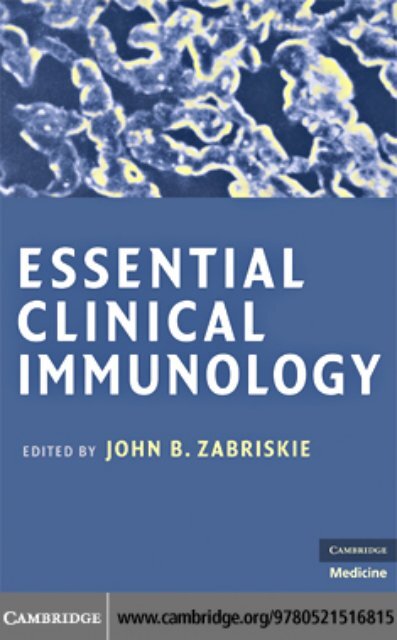

TLR‐4 might recognize S protein and lead to the activation of proinflammatory cytokines through the MyD88‐dependent signaling pathway. Sometimes, accessory proteins of CoV can interfere with TLR‐3 signaling and bind the dsRNA of CoV during replication to prevent TLR‐3 activation and evade the immune response. The production of type I IFNs is important to enhance the release of antiviral proteins for the protection of uninfected cells. TLR‐3 sensitized by dsRNA and cascades of signaling pathways (IRFs and NF‐κB activation, respectively) are activated to produce type I IFNs and proinflammatory cytokines. An immune response to dsRNA can be partially generated during CoV replication. B, Attachment of CoV to DPP4R on the host cell through S protein leads to the appearance of genomic RNA in the cytoplasm. However, CD8 T cells produce very effective mediators to clear CoV. The continued production of these mediators due to viral persistence has a negative effect on NK, and CD8 T cell activation. This process leads to T cell activation and differentiation, including the production of cytokines associated with the different T cell subsets (ie, Th17), followed by a massive release of cytokines for immune response amplification. A, CoV infects macrophages, and then macrophages present CoV antigens to T cells. The innate immune response and adaptive immune responses of Coronaviruses (CoV) infection during an infection.

Medical immunology pdf update#
In this review, we provide an update on CoV infections and relevant diseases, particularly the host defense against CoV-induced inflammation of lung tissue, as well as the role of the innate immune system in the pathogenesis and clinical treatment.Ĭhemokine coronavirus cytokines inflammation interferon. Gaining a deeper understanding of the interaction between Coronaviruses and the innate immune systems of the hosts may shed light on the development and persistence of inflammation in the lungs and hopefully can reduce the risk of lung inflammation caused by CoVs. The immune response is essential to control and eliminate CoV infections, however, maladjusted immune responses may result in immunopathology and impaired pulmonary gas exchange. In the past few decades, newly evolved Coronaviruses have posed a global threat to public health. Coronaviruses (CoVs) are by far the largest group of known positive-sense RNA viruses having an extensive range of natural hosts.


 0 kommentar(er)
0 kommentar(er)
